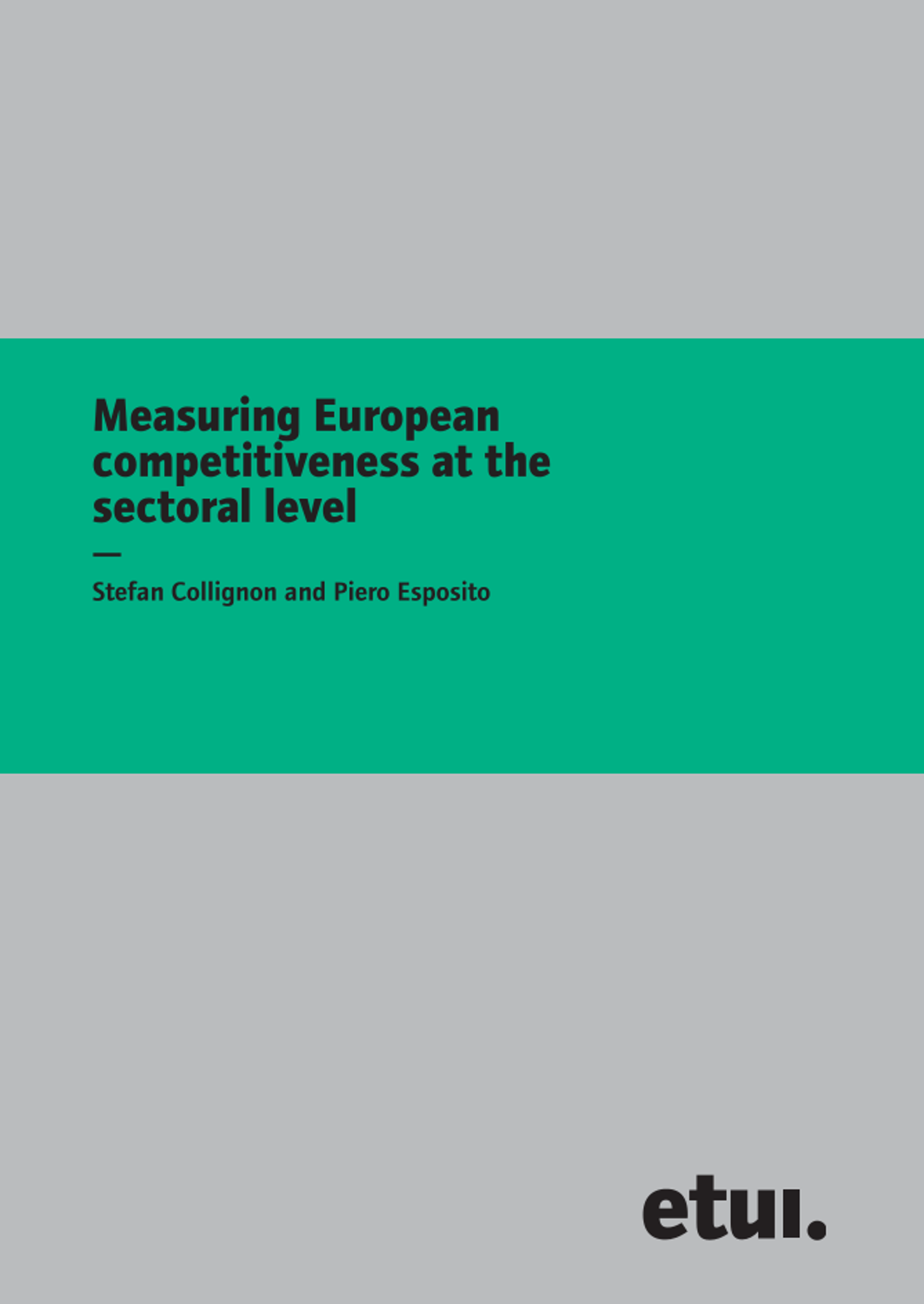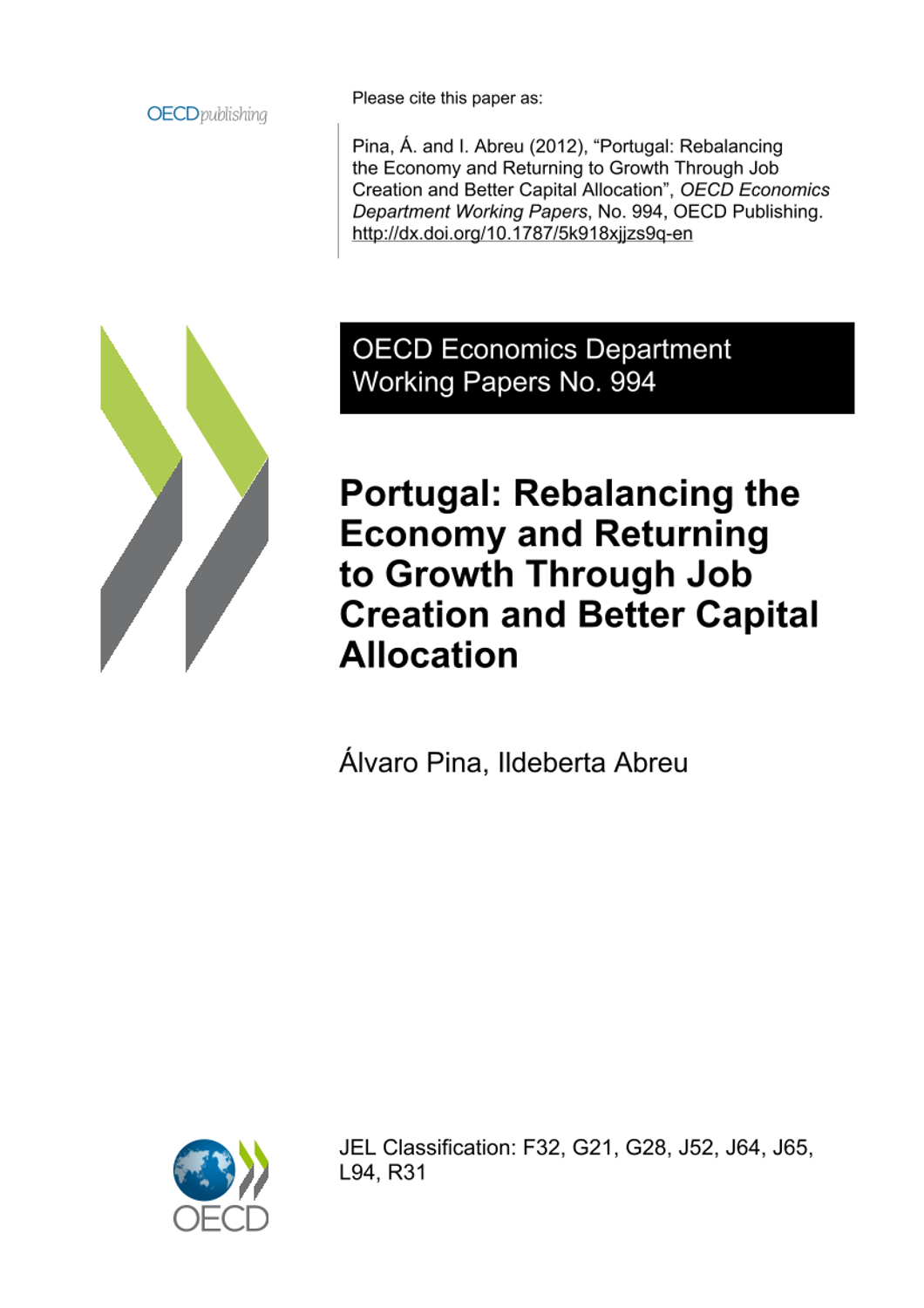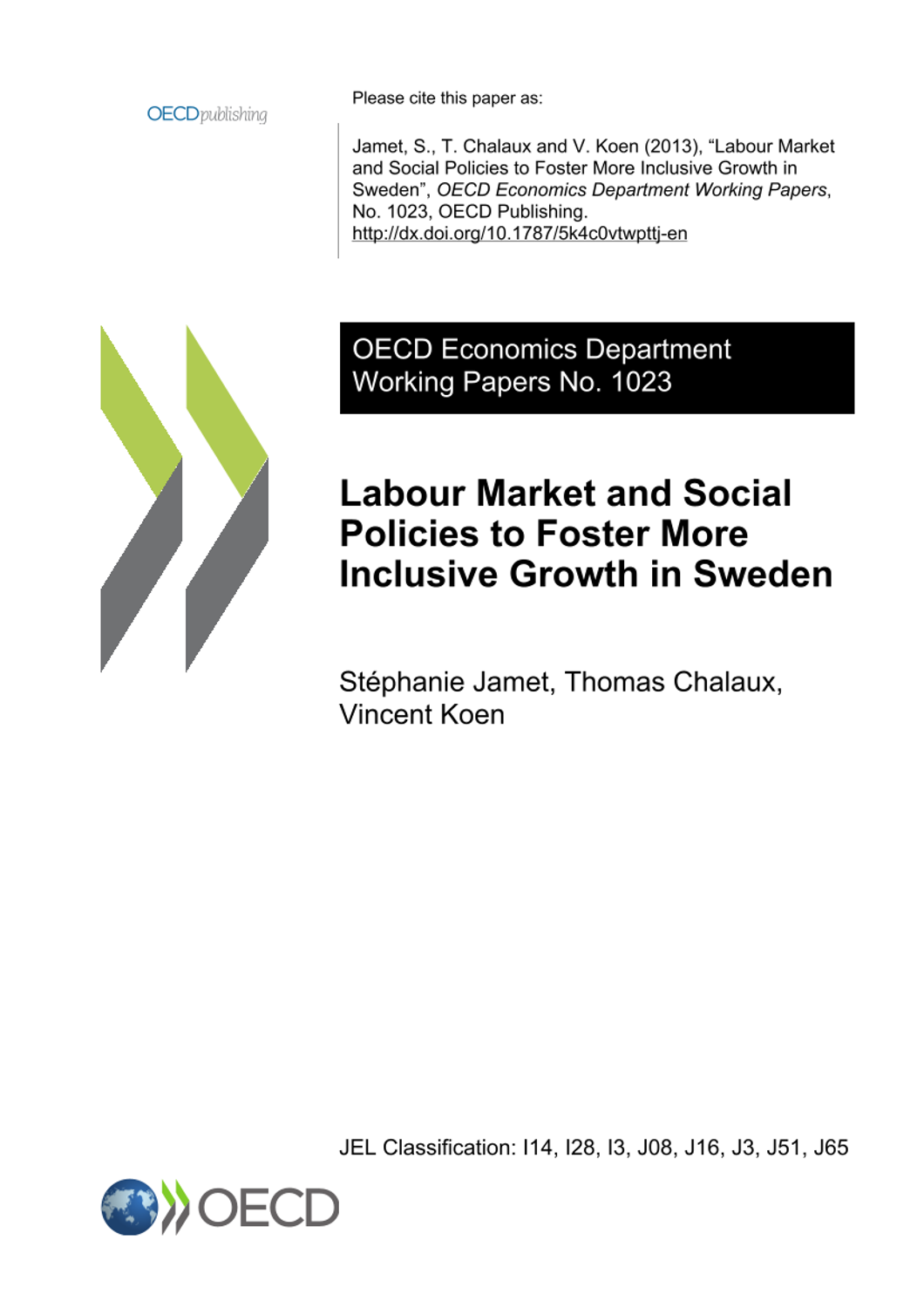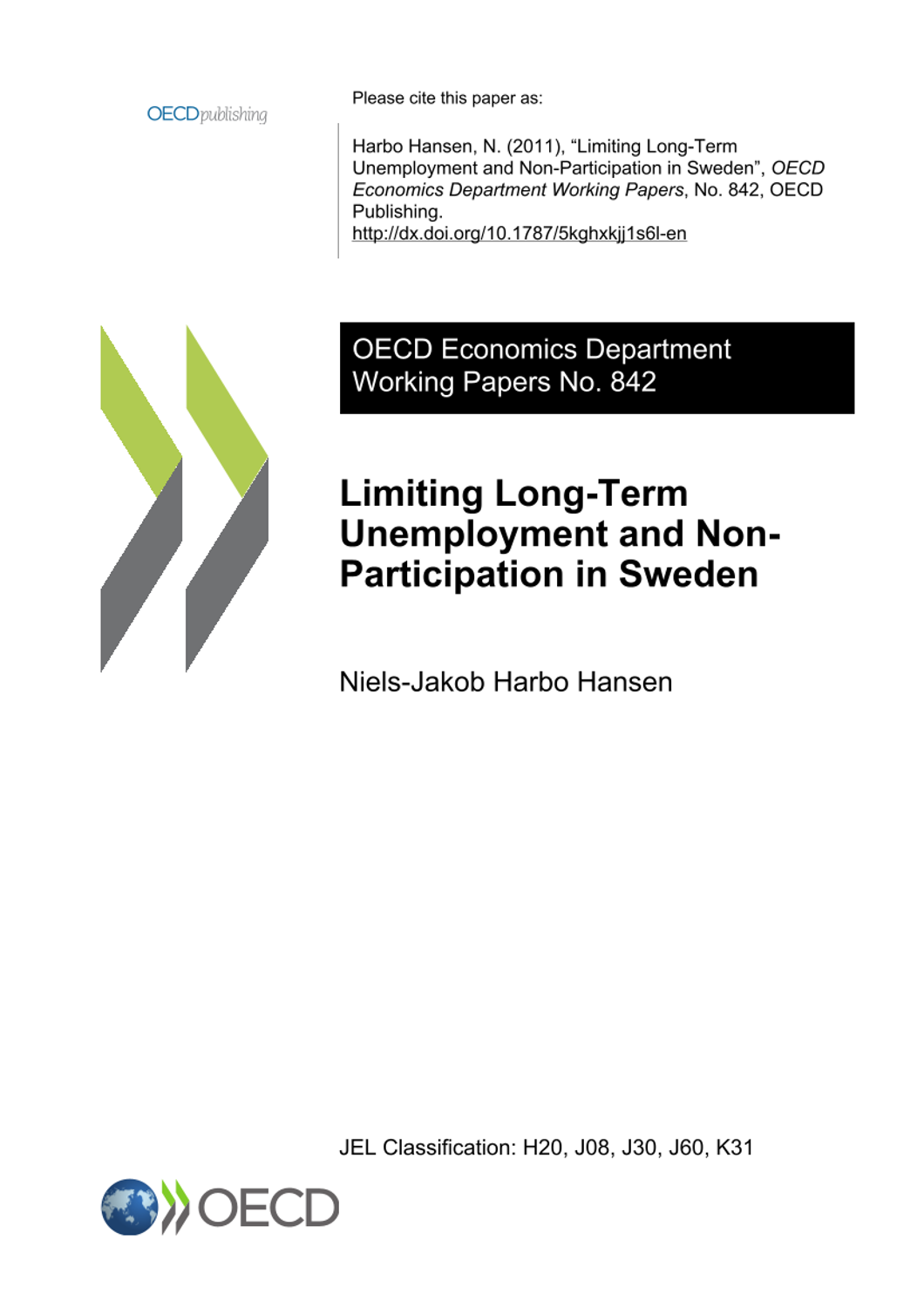단행본
Measuring European competitiveness at the sectoral level
- 발행사항
- Brussels : ETUI, 2017
- 형태사항
- 142 p. :. PDF file ;. 3.8MB
- 서지주기
- Includes bibliographical references
- ISBN
- 9782874524394
소장정보
| 위치 | 등록번호 | 청구기호 / 출력 | 상태 | 반납예정일 |
|---|---|---|---|---|
이용 가능 (1) | ||||
| E0003015 | 대출가능 | - | ||
이용 가능 (1)
- 등록번호
- E0003015
- 상태/반납예정일
- 대출가능
- -
- 위치/청구기호(출력)
책 소개
This book develops a new approach for estimating the way in which labour costs reflect cost competitiveness. Conventionally, unit labour costs (a standard measure of cost competitiveness) are calculated as indices, without regard to the relative levels of wage costs. To remedy this, the authors develop the concept of the ‘equilibrium wage’, which corresponds to the level of wages when the returns on capital in different regions and sectors are equalised. A wage competitiveness indicator is thus calculated as the ratio of actual to equilibrium wages.
The book presents empirical evidence of equilibrium and actual wage developments for country aggregates and for economic sectors. Within the euro area, five countries are above equilibrium levels, three (including Germany) are close to equilibrium, and eleven member states (mainly in central and eastern Europe) have massively undervalued wages. The data for sectoral competitiveness seem to reflect in part sectoral specialisation, but the picture varies between sectors, countries and time periods.
목차
Executive summary
1. Calculating equilibrium wages
2. Sectoral equilibrium wages
3. Determinants of competitiveness
4. Policy-relevant conclusions
Introduction : The shortcomings of unit labour cost approaches to measuring competitiveness
1. Calculating equilibrium wages
1.1 Theory
1.2 Aggregated empirical evidence
2. Sectoral equilibrium
2.1 The data set
2.2 Some descriptive evidence
2.3 Sectoral equilibrium wages
2.4 Compensation per employee or compensation per hours worked?
2.5 Capital prices and capital productivity
2.6 Sectoral shifts and competitiveness: comparing equilibrium wages and unit labour costs
3. Determinants of competitiveness
3.1 Theoretical model: a CES production function approach
3.2 Estimation of the bias in technical change
3.3 Biased technical change, outsourcing and competitiveness
4. Policy-relevant conclusions : Implications for wage bargaining
References
Appendix






